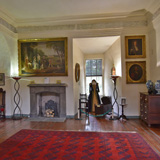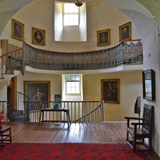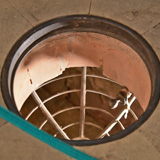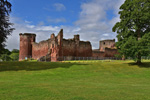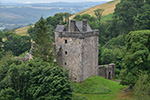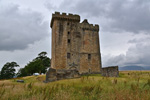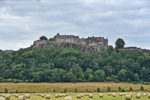History
Alloa Tower dates from the 14th century and was built to protect a ferry crossing on the River Forth. It was the ancestral home of the Erskine family, later Earls of Mar and Kellie, for four centuries. It was part of a line of fortifications defending the Firth of Forth.
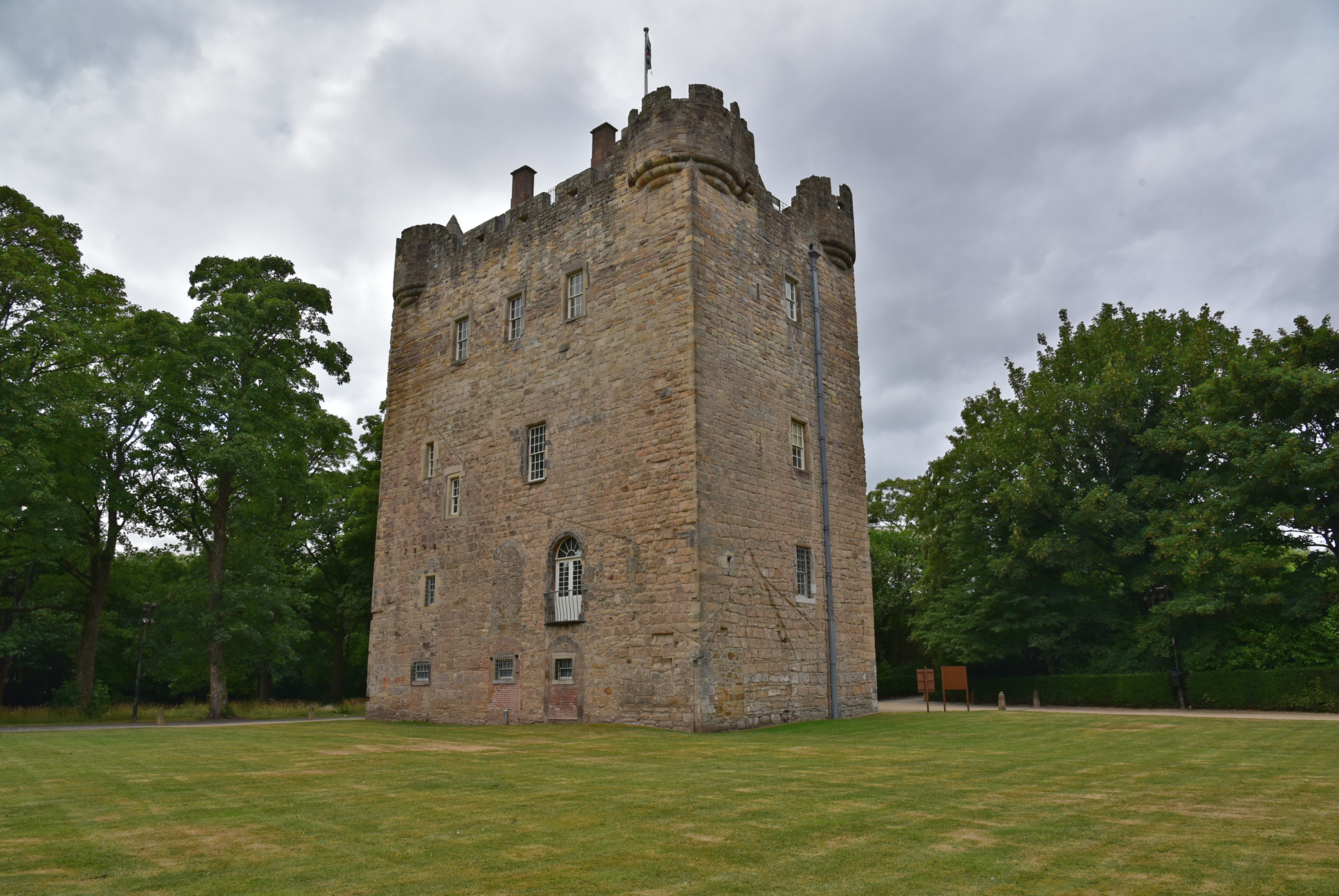
Archaeological studies date the tower from the early 14th century, when it had a cellar that served as a pit dungeon. By the mid-14th century, the building rose to 3 stories with a first-floor entrance and included the great hall. In the 15th century, the tower was expanded to include a fourth story and a garret (attic). The 16th century saw the entrance move from the first to the ground floor.
On July 11th, 1524, Margaret Tudor, Queen of Scotland, met Chancellor James Beaton at Alloa Tower to discuss transferring power from Regent Albany to the Young James V.
Mary Queen of Scots visited Alloa Tower in June of 1562 and May of 1565 to visit Lord Erskine and his wife Annabell Murray. Mary was reconciled at Alloa Tower in 1565 with Henry Stewart, Lord Darnley, and she made the family, Earls of Mar, a title for which they already had claim. John Erskine, 1st Earl of Mar, was made Regent for the infant James VI. Mary Queen of Scots would visit again with her new son James in 1566, reportedly after she fled from her husband, Lord Darnley, to seek refuge with her friend and guardian, the Earl of Mar. Darnley visited Alloa on one occasion, but Mary told him to leave.
Alloa Tower was altered in the 17th century when larger windows and a Renaissance-style entrance were added. In 1710, John Erskine, 6th Earl of Mar, created a mansion (Alloa House) incorporating the tower as an annex. John Erskine would also lead the Jacobites in the 1715 Jacobite Rising. He was called Bobbing John due to his ability to change sides between supporting the Hanoverians and Jacobites. The rising failed, and the Earl of Mar fled abroad.
The mansion burned down in 1800 and was rebuilt by George Angus between 1834 and 1838 for the 9th Earl of Mar. It was demolished in 1959. The original Alloa Tower remains. Alloa Tower is now in the care of the National Trust for Scotland.
Castle Highlights
Alloa Tower is the largest surviving keep in Scotland, standing 68 feet high, excluding the attic. As a Tower House style castle, the keep is all that exists. Visitors can climb to the top of the keep to enjoy panoramic views stretching across nine counties.
The inside of the castle is decorated with furniture from the 18th century, and the medieval solar contains a high chair for King James VI. A circular hole on the ground floor opens to an underground pit dungeon, similar to an oubliette. Alloa Tower also contains a great hall and a minstrels' gallery.
Alloa Tower can be thoroughly explored in an hour or two. To make a full day of visiting castles, Clackmannan Tower, Castle Campbell, and Stirling Castle are an easy drive from Alloa Tower.
Allo Tower was also cursed.
